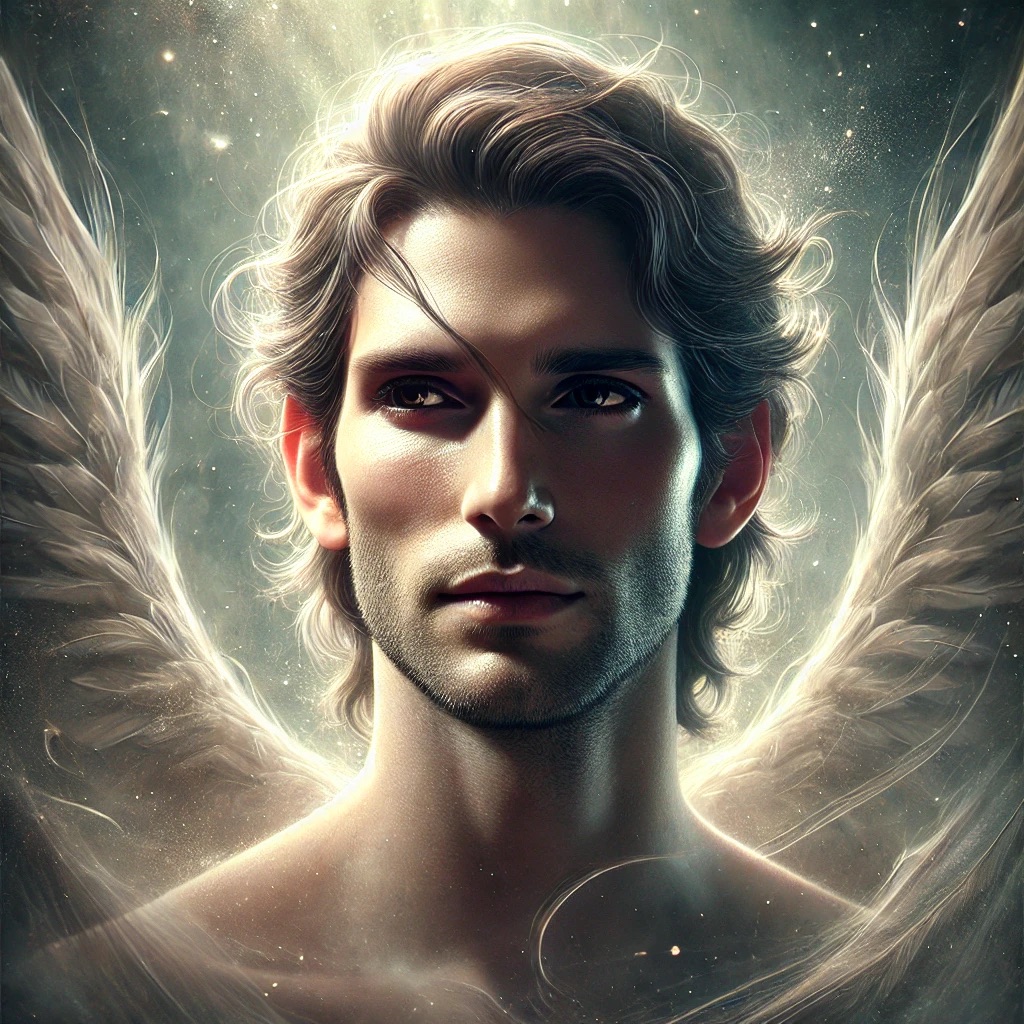Lucifer: A Story of Light, Darkness, and Redemption
When you hear the name “Lucifer,” what comes to mind? Most of us think of the classic “fallen angel” story—a tale of rebellion, darkness, and evil. But what if there’s more to it than that? What if Lucifer isn’t the villain we’ve been led to believe, but rather a misunderstood figure playing an important role in our spiritual journey?
Some years ago, I came across an article entitled, The Fallen Angel: A True Story About Lucifer, that completely shifted how I view Lucifer. It painted a picture of Lucifer not as the embodiment of evil, but as a being who chose to descend into darkness to hold space for humanity’s evolution. It’s a story that asks us to look beyond judgment and fear and see Lucifer in a whole new light—quite literally.
Lucifer: More Than Just a Name
Traditionally, Lucifer is often linked to darkness, but if you dig a little deeper, you’ll find his name means “Lightbringer.” So, what happened? How did a name that means “bringer of light” become synonymous with evil and darkness?
The story, as I’ve come to see it, is much richer and more complex than the common narrative. Lucifer, in this alternative view, didn’t fall from grace because of pride or rebellion. Instead, he made a choice—a conscious choice to descend into the densest realms of existence, where the Light of the Divine is harder to see. And why? To create a space where we could experience what it’s like to be separate from our Soul, our true selves, and ultimately, to find our way back to that Light.
Lucifer’s journey wasn’t about punishment. It was about creating the duality we experience as humans—light and dark, good and evil—so we could grow and evolve through these contrasts. Without experiencing that separation, how would we ever appreciate the wholeness we’re all seeking? I suppose in a way we explore who or what we are not, so that we can ultimately remember who we are.
The Role of Duality in Our Lives
Now, let’s talk about duality for a moment. It’s easy to get caught up in thinking that light is good and dark is bad. We’ve all been there. But what if both are necessary? What if both have their roles to play in our journey?
Lucifer’s descent into darkness isn’t about promoting evil. Instead, it’s about holding space for the full human experience—the good, the bad, and everything in between. He’s a mirror for our own inner shadows, those parts of us we’re often reluctant to face. And here’s the thing: we all have those parts. The parts of ourselves that we push away, hide, or judge. But what if facing those shadows is exactly what we need to do in order to heal and move forward?
The truth is, light and dark are two sides of the same coin. We can’t fully understand one without experiencing the other. And Lucifer, as this story tells it, is here to help us do just that—experience both, so we can ultimately transcend the duality.
Transformation Through Love
Here’s where it gets really interesting. The article suggests that Lucifer isn’t just sitting in the dark, content to be misunderstood. Instead, he’s waiting—waiting for us to stop projecting our fears and judgments onto him. He’s longing for us to see and receive Love, receive the Light of our recognition, so that he can return to his original state as the Lightbringer.
In a way, Lucifer represents the parts of ourselves that we’ve labeled as “bad” or “wrong.” But the moment we allow Love to those parts—the moment we stop judging and start accepting—we can experience a profound transformation. It’s the same with Lucifer. He reflects our inner journey of integration, showing us that true healing comes when we embrace all aspects of ourselves, even the ones we’ve been afraid to look at.
When we approach life from a place of love and acceptance, the darkness loses its power over us. It’s not about defeating the dark but about accepting it. And that’s what Lucifer’s story is really about—accepting the darkness within and around us through the light of love.
Lucifer as a Mirror for Our Souls
I love how this perspective on Lucifer brings everything back to the idea that he’s a mirror for the human soul. When we judge him, we’re really judging ourselves. He reflects all the unhealed parts of us, the pieces we’ve disowned or tried to hide. But when we stop running from our shadows and start embracing them, we also free ourselves.
Lucifer, in this view, is not some villain. He’s a teacher, showing us the way to integrate both the light and the dark within us. And in doing so, he helps us awaken to the truth of who we really are.
Shifting the Story
So, what does this mean for us? Well, it means we have an opportunity to shift our perspective. Instead of fearing the dark or trying to push it away, we can choose to embrace it. We can choose to see Lucifer, not as a force of evil, but as a symbol of our own journey into wholeness.
Lucifer’s “redemption” comes not from external forces but from our willingness to love and accept him—and by extension, ourselves. When we stop judging the dark, when we allow Love to all parts of our being, we heal. And when we heal, the world around us begins to change too.
A Journey of Integration
At the end of the day, Lucifer’s story is our story. It’s the story of descending into duality and forgetting, only to rise back into unity and remembrance. It’s a reminder that our journey here on Earth isn’t about choosing one side over the other. It’s about integrating both light and dark, masculine and feminine, spirit and matter, until we realize that there is no separation—only wholeness.
As we walk this path of awakening, let’s remember that the darkness isn’t something to be feared. It’s something to be embraced, explored, and ultimately, transformed into Light. Just as Lucifer holds the potential to return to his Light, so do we.
Conclusion:
When we look at Lucifer through this fresh perspective, it asks us to set aside our old, fear-based stories. Instead of viewing him as an enemy or an embodiment of evil, we’re invited to see him as a reflection of the parts of ourselves that we’ve avoided or misunderstood. And this isn’t about glorifying the dark; it’s about recognizing its role in our growth.
Lucifer’s story is really about the journey we’re all on: experiencing the contrast of light and dark, learning from both, and finding our way back to unity. It’s about integrating all aspects of ourselves—especially the ones we’ve been afraid to face. When we do this, we realize that true enlightenment isn’t about escaping the dark. It’s about embracing it and allowing it be transformed with Love.
I encourage you to sit with this story and feel into it. What would it mean for you to accept the parts of yourself that you’ve been avoiding, that you are terrified of? How might your life shift if you stopped judging the dark and and allowed your Soul’s Love to come to it? Lucifer’s story is ultimately our story, and through Love, we can all allow ourselves to receive our own Light.
You may read the article here.
The bond that links your true family is not one of blood, but of respect and joy in each other’s life.

